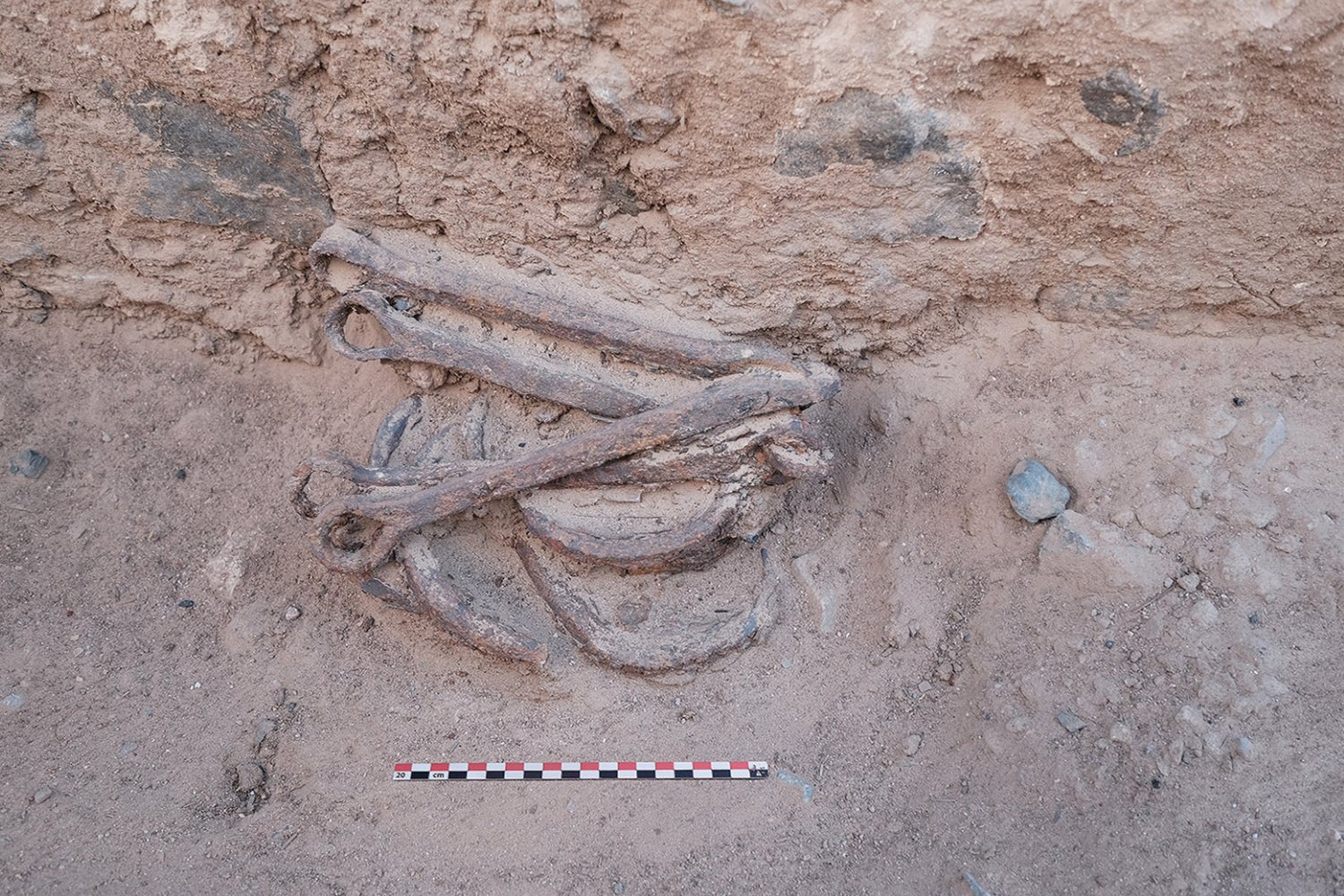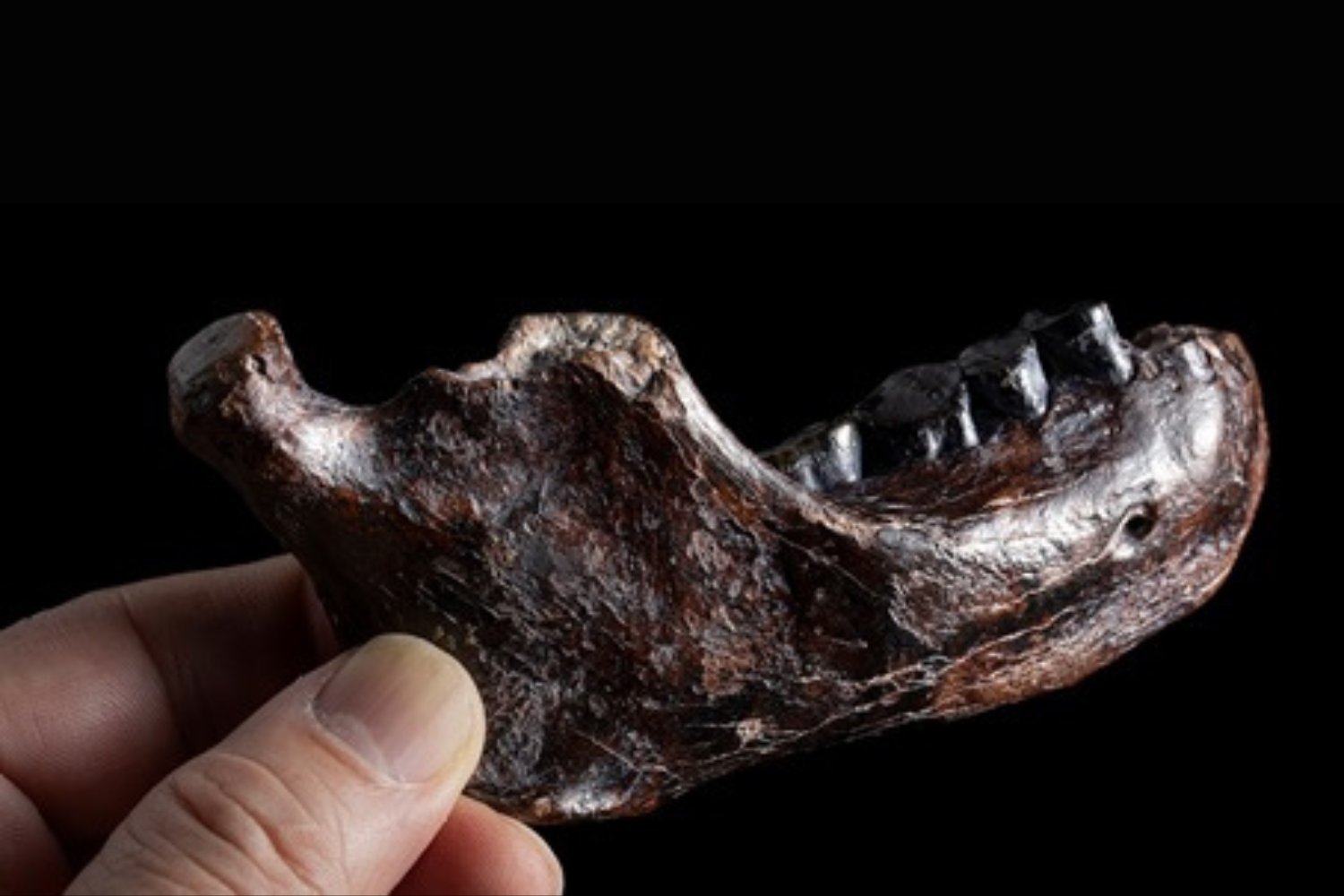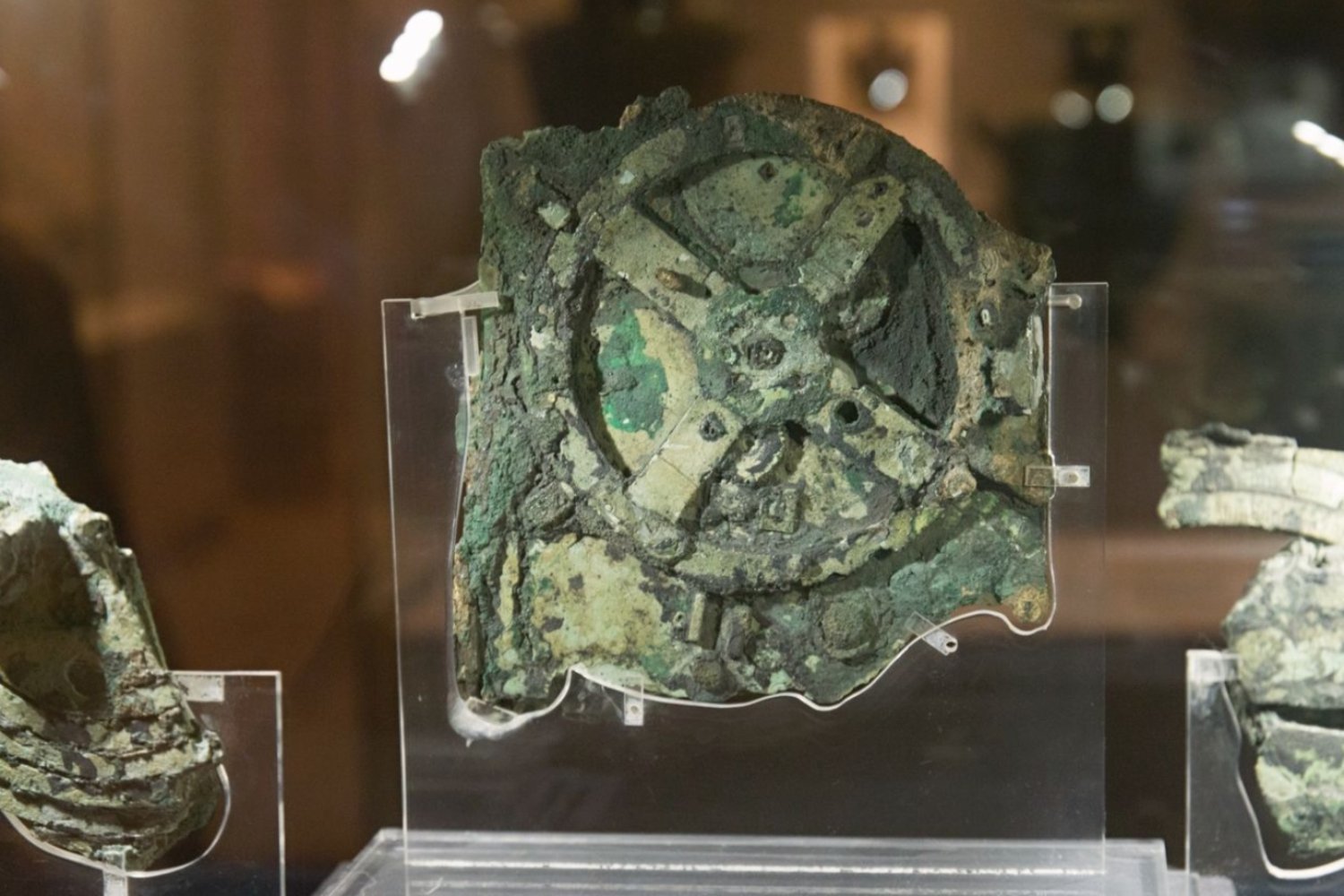Modern humans and Neanderthals, while sharing a common ancestor, diverged into distinct species between 650,000 and 500,000 years ago. One key difference lies in our facial structures: modern human faces are generally smaller and possess finer features. While the reason behind this divergence remains a puzzle for paleoanthropologists, recent research offers compelling insights into how this difference emerged.
A study published in the Journal of Human Evolution reveals that modern human faces reach their adult size much earlier than Neanderthal faces. The research also indicates increased bone formation around the cheekbones and noses of Neanderthals. This discovery, while not fully explaining why the facial structures differ, illuminates the unique developmental process that shaped modern human faces.
“Our findings suggest a developmental shift, specifically during later growth stages, resulted in smaller faces,” explains Alexandra Schuh, a postdoctoral researcher at the Max Planck Institute for Evolutionary Anthropology. “Human facial growth ceases earlier, around adolescence, compared to Neanderthals and chimpanzees, who continue growing longer. This earlier growth cessation leads to a smaller adult face.”
Schuh and her colleagues analyzed the skulls of 128 humans, 13 Neanderthals, and 33 chimpanzees to track facial shape changes and bone cell activity throughout their lifespans. Their analysis revealed that Neanderthal midfaces (the area between the eyes and lips) are larger at birth and continue to grow for a longer period, contributing to their characteristic facial projection. Neanderthal faces also undergo significant expansion during childhood and adolescence.
Conversely, modern human faces typically reach their final size during adolescence, resulting in a smaller, more delicate midface. While chimpanzee facial growth patterns differed from both modern humans and Neanderthals, they showed more similarity to Neanderthal development.
“This earlier growth cessation is unique to our species,” Schuh emphasizes. “We’ve identified a distinct developmental pattern exclusive to Homo sapiens.”
At the microscopic level, this is evident in reduced bone resorption in modern humans, indicating decreased cellular activity related to bone development. The researchers explain that the larger Neanderthal midface is a result of greater bone formation in the infraorbital and nasal regions, coupled with faster growth rates.
Chimpanzees, however, exhibited different bone growth patterns, particularly in their protruding canine region, compared to both Neanderthals and humans.
While this study clarifies how human faces developed their unique characteristics, the question of why remains open. Hypotheses range from dietary changes and speech facilitation to social preferences for less aggressive features, also known as the human self-domestication hypothesis.
“The reduction in facial features in modern humans may be connected to behavioral shifts like increased social cooperation and decreased aggression,” suggests Sarah Freidline, a biological anthropologist and co-author of the study.
This research highlights another distinguishing trait that sets modern humans apart in the animal kingdom, even from our closest relatives. It underscores the complex interplay of developmental processes that have shaped our species’ unique characteristics.











